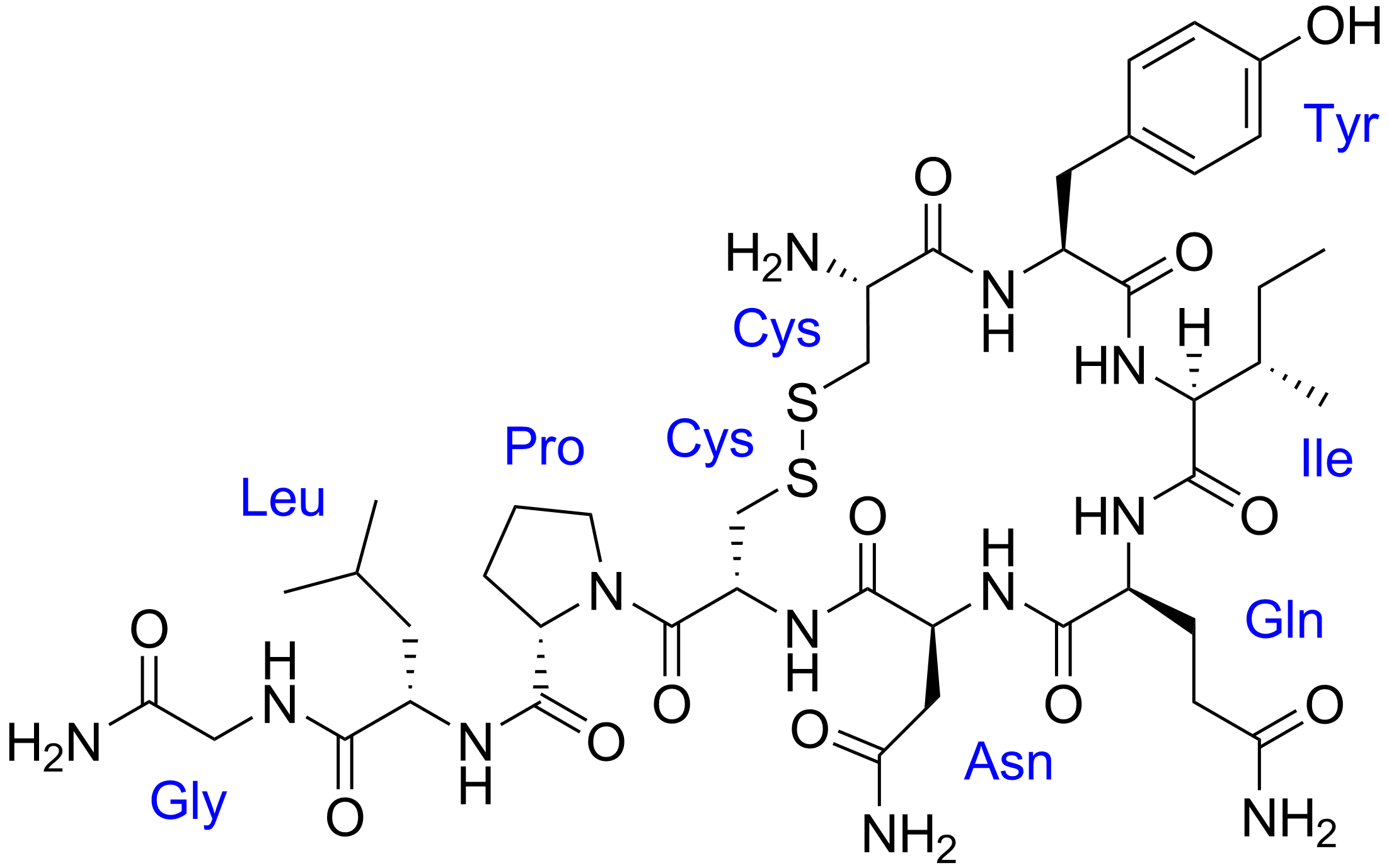By Donnie Yance
September 23 marks the birthday of musical legend, John Coltrane.
When Coltrane stepped to the microphone, he wasn’t just performing—he was giving a homily or a sermon. His saxophone became a conduit for what he called “spirit communications,” transforming concert halls into sanctuaries. Each solo was a sermon without words, each phrase a prayer ascending.
The very structure of his improvisation mirrored the rhythm of spiritual practice: the patient building of themes, the sudden eruptions of divine insight, the return to contemplative quietude. In “A Love Supreme,” you can hear him cycling through the stages of devotion—supplication, gratitude, ecstasy, surrender—all within the span of a single breath through his horn.
This wasn’t performance for its own sake. Coltrane understood what mystics have always known: that repetition opens doors to transcendence. His famous “sheets of sound” weren’t technical showmanship but spiritual discipline made audible, like the repeated mantras of monks or the circular breathing of ancient prayer practices.
Continue reading “John Coltrane Wasn’t Just Playing the Saxophone—He Was Preaching a Homily”


